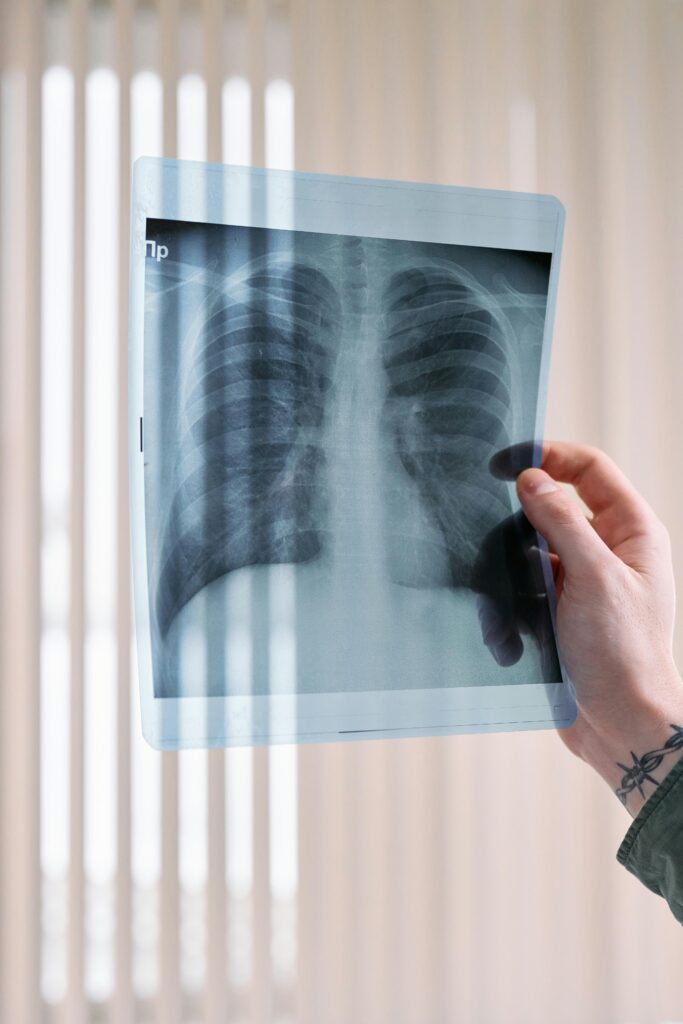Introduction
Lung cancer is a prevalent and deadly disease that affects millions of people worldwide. Understanding this condition is crucial for early detection and effective treatment. In this article, we delve into the various aspects of lung cancer, from its types and symptoms to its diagnosis, treatment options, and preventive measures.
Defining Lung Cancer
Lung cancer is a type of cancer that begins in the lungs. It occurs when cells in the lung undergo mutations and start to grow uncontrollably, forming tumors that can interfere with the normal function of the lungs.
Relevance and Importance
Lung cancer is the leading cause of cancer-related deaths globally. Its impact extends beyond the individual level, affecting families, communities, and healthcare systems. Despite advancements in treatment, the prognosis for lung cancer remains poor, emphasizing the need for increased awareness and research.
Types and Categories
Lung cancer can be broadly classified into two main types: non-small cell lung cancer (NSCLC) and small cell lung cancer (SCLC).
Non-Small Cell Lung Cancer (NSCLC)
NSCLC accounts for approximately 85% of all lung cancer cases. It includes several subtypes, such as adenocarcinoma, squamous cell carcinoma, and large cell carcinoma. Each subtype has unique characteristics and may require different treatment approaches.
Small Cell Lung Cancer (SCLC)
SCLC is less common but tends to grow and spread more aggressively than NSCLC. It is strongly associated with tobacco smoking and is often diagnosed at an advanced stage.
Symptoms and Signs
Recognizing the symptoms of lung cancer is essential for early detection and timely intervention.
Common Symptoms
- Persistent cough
- Chest pain
- Shortness of breath
- Coughing up blood
- Fatigue
- Unintended weight loss
Uncommon Symptoms
While the above symptoms are common, lung cancer can also present with less typical symptoms, such as hoarseness, wheezing, or recurrent respiratory infections.
Causes and Risk Factors
Understanding the factors that contribute to lung cancer can help individuals make informed lifestyle choices and reduce their risk.
Biological Factors
- Genetic predisposition
- Family history of lung cancer
- Previous lung diseases
Environmental Factors
- Tobacco smoking (primary risk factor)
- Exposure to secondhand smoke
- Occupational exposure to carcinogens (e.g., asbestos, radon)
Lifestyle Factors
- Poor diet
- Lack of physical activity
- Excessive alcohol consumption
Diagnosis and Tests
Diagnosing lung cancer typically involves a combination of imaging tests, biopsies, and laboratory analyses.

Imaging Tests
- Chest X-ray
- CT scan
- MRI scan
- PET scan
Biopsy
A biopsy is the definitive method for diagnosing lung cancer. It involves the removal of a small tissue sample from the lung for examination under a microscope.
Laboratory Analyses
Laboratory tests, such as sputum cytology and molecular testing, can provide additional information about the cancer and guide treatment decisions.
[Lung Cancer: Understanding the Silent Killer]
Treatment Options
The treatment approach for lung cancer depends on several factors, including the type and stage of the disease, as well as the patient’s overall health and preferences.
Medical Treatments
- Surgery
- Chemotherapy
- Radiation therapy
- Targeted therapy
- Immunotherapy
Therapies and Lifestyle Adjustments
- Palliative care
- Smoking cessation programs
- Nutritional support
- Exercise therapy
Preventive Measures
While not all cases of lung cancer can be prevented, adopting certain lifestyle changes can help reduce the risk.
Tips for Prevention
- Avoid tobacco in any form
- Limit exposure to secondhand smoke
- Protect against occupational carcinogens
- Eat a balanced diet rich in fruits and vegetables
- Engage in regular physical activity
Personal Stories or Case Studies
Real-life stories can provide valuable insights into the experience of living with lung cancer and the challenges faced by patients and their families.
John’s Journey: A Survivor’s Story
John was diagnosed with stage III NSCLC at the age of 55. Despite the odds, he underwent aggressive treatment and is now cancer-free. His story highlights the importance of early detection and resilience in the face of adversity.
Expert Insights
Medical professionals offer valuable perspectives on the management and treatment of lung cancer.
Dr. Emily Smith, Oncologist
“Lung cancer is a complex disease that requires a multidisciplinary approach to treatment. Our goal is not only to cure the cancer but also to improve the patient’s quality of life through personalized care and support.”
